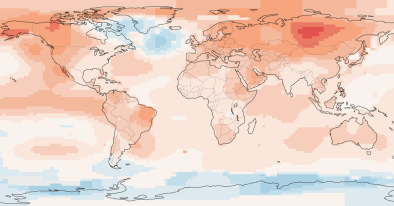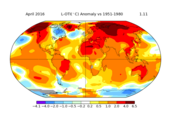Hottest Year on Record 2015
2015 absolutely shattered global temperature records to become the hottest year in recorded history, and scientists say the record heat’s primary cause is climate change. 2015 surpassed the previous record set in 2014 by 0.29°F (0.16°C). This is also the largest margin by which the annual global temperature record has been broken. One of the strongest findings of climate science is that global warming amplifies the intensity, duration and frequency of extreme heat.
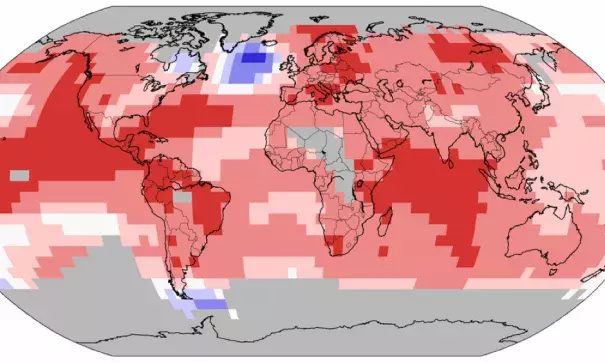
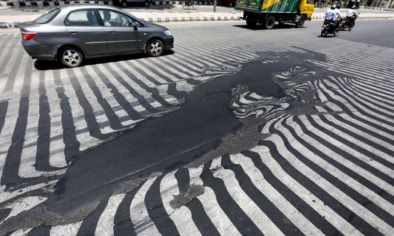
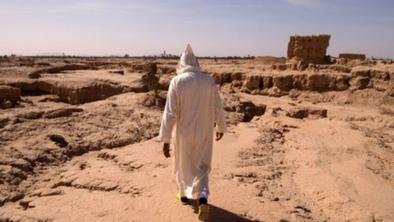
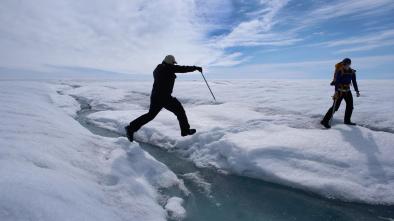
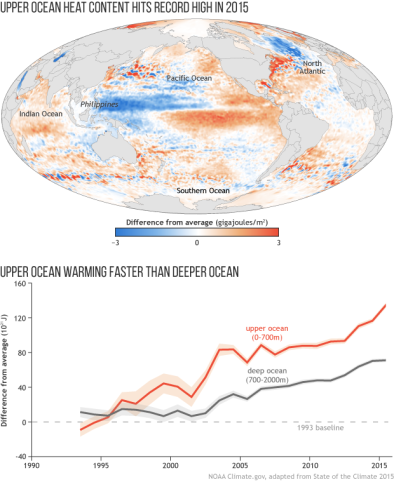
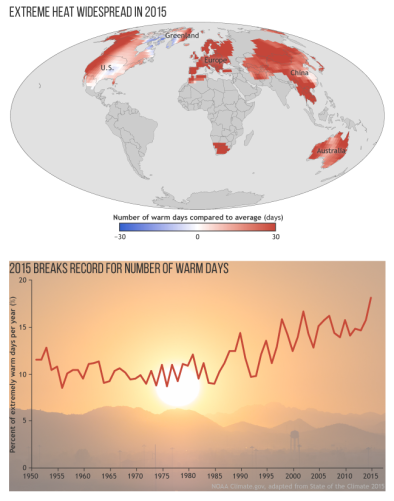
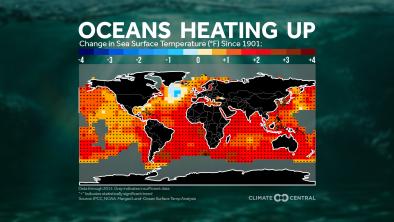
Earth’s second consecutive hottest year on record signals alarming warming trend
2015 absolutely shattered global temperature records to become the hottest year on record, and scientists say the record heat’s primary cause is climate change. During 2015, the average temperature across global land and ocean surfaces was 1.62°F (0.90°C) above the 20th century average. This was the highest among all years in the 1880-2015 record.
Due to global warming, extreme heat events impact a percentage of the globe 10 times greater than they did from 1951-1980. During 2015, the hottest year on record, a searing heat wave in India killed more than 2,300 people at the end of May, making it the 5th deadliest in recorded world history. In June, Pakistan suffered its deadliest heat wave ever, with the death toll reaching 1,213. It was the eighth deadliest heat wave on record globally.
2015 surpassed the previous record set in 2014 by 0.29°F (0.16°C). This is also the largest margin by which the annual global temperature record has been broken.
Human-caused climate change was "largely to blame" for the record warm surface temperatures in 2015 observed for the global mean, India, and the equatorial Pacific, according to the fifth edition of "Explaining Extreme Events from a Climate Perspective" by the Bulletin of the American Meteorological Society.[1]
The science indicates 90 percent of 2015’s warming caused by climate change
That heat records are now commonplace is a clear signal of the planet’s long-term warming trend. From 1880 to 2012, the Earth warmed 1.5°F (0.85°C) at a rate roughly ten times faster than the rate ending past ice-ages. Each of the last three decades has been successively warmer than any decade on record, and 13 of the 15 hottest years on record occurred since 2000, with the two exceptions (1997 and 1998) occurring during the strongest El Niño on record.
While the El Niño Southern Oscillation (ENSO) is responsible for a large part of the variation in weather we see in the global climate from one year to the next, 2015 would have still been the hottest year even without the influence of the strong El Niño event. A study conducted by scientists with the World Weather Attribution (WWA) initiative finds that climate change was the dominant cause of 2015’s record warmth.
Using well-established techniques from peer-reviewed literature, the scientists estimated 2015’s global temperature anomaly to be 1.89°F (1.05°C) above the 1850-1900 pre-industrial baseline and determined that roughly 1.8°F (1.0°C) of 2015’s temperature anomaly was due to human-caused climate change. The WWA analysis found that El Niño was responsible for 0.09°F to 0.18°F (0.05°C to 0.1°C) of 2015’s record warmth. This means, El Niño caused at most 10 percent of the warming, with the other 90 percent being due to climate change.
The influence of climate change is also apparent when comparing 2015 to past El Niño years. 2015 has seen the third-largest surface temperature warming influence from any El Niño event on record, behind 1998 and 1987. Yet its global average temperature is set to be more than 0.36°F (0.2°C) warmer than the record 1998 El Niño year. The temperature difference between 2015 and 1998 highlights the fact that in 2015, El Niño started its warming from higher baseline temperatures. Records are often broken when climate change and natural variability run in the same direction, and such was the case in 2015 when El Niño and climate change combined to create record warmth.
Fifth and 8th deadliest heat waves in world history kill more than 3,500 in 2015
One of the clearest findings of climate science is that global warming amplifies the intensity, duration and frequency of extreme heat events. Even a small-seeming change in average global temperature can lead to dramatic regional changes in extreme events. A significant portion of the world is affected 10 times greater by extreme heat events than they were between 1951-1980. Here is a list of extreme heat events that occurred during the hottest year on record:
- The 5th deadliest heat wave in world history killed more than 2,300 in India at the end of May.
- Pakistan’s deadliest heat wave ever claimed 1,213 lives in June. The heat index peaked at 121˚F (49.4°C), making it the 8th deadliest heat wave on record globally.
- Oregon and Washington each had their warmest summer on record. Oregon's summer temperature was 4.6°F (2.6°C) above average, besting the previous record set in 2003 by 0.6°F. Washington's summer temperature was 5.3°F (2.9°C) above average, beating the previous record set in 1958 by 1.1°F (0.6°C).
- A heat wave brought record temperatures across Europe at the beginning of July, during which time Germany hit an all-time high of 104.5°F (40.3°C).
- At the end of July, the temperature in Iran reached 115°F (46.1°C) with a dew point of 90°F (32.2°C), creating a “real feel” temperature of 163°F (72.8°C). Baghdad set a new all-time high temperature record of 124°F (51.1°C). In August, heat waves in the Middle East brought high temperatures and soaring humidity, nearing and breaking meteorological records across the region.
- As the record-breaking year ended, temperatures soared to deliver near or record heat during Christmas week for the US east of the Rockies and parts of Europe and Australia. Climate scientists attributed the 'green Christmas' to El Niño effects and a slow-moving polar vortex, pending future climate change attribution studies.
2015 heat records at a glance
Nine of eleven months so far in 2015 were record warm for their respective months, according to NOAA data, with December likely to continue this trend. The non-record months were still quite warm, as January was the second warmest behind 2007, and April was the third warmest behind 2014 and 2010.
October, in addition to being the hottest October month on record, was also the first of any month in 135 years of NASA record-keeping where the Earth’s average temperature was more than a full degree Celsius, or 1.8-degrees Fahrenheit, above NASA’s 1951-1980 base period. Shortly thereafter, November became the second such month on record. NOAA also found that October had the biggest monthly temperature departure in 136 years of record keeping, at just under 1.8°F (1°C) compared to a 1901-2000 base period.
2015 is likely to mark the first year that the Earth’s annual average temperature is a full degree Celsius warmer than the average annual temperature from the pre-industrial period of 1850 to 1900, according to the UK Meteorological Office (UK Met).
What’s the relationship between El Niño and climate change?
A 2013 study analyzing 7,000 years of fossil coral records shows that El Niño and La Niña events have become significantly more variable and intense over the twentieth-century. This finding suggests El Niño may be getting stronger as the level of carbon dioxide in the atmosphere rises.
Furthermore, a 2015 literature review of ENSO and climate change concludes that extreme El Niño events are likely to happen more often as the climate warms.
However, the jury is still out about whether we can attribute bigger El Niño events to climate change. NOAA scientist Michael McPhaden recently reviewed in Nature the complex relationship between climate change and ENSO. According to McPhaden, “How El Niño and La Niña events might change in response to climate change is one of the most compelling questions in today’s climate research today.”
Related Content


